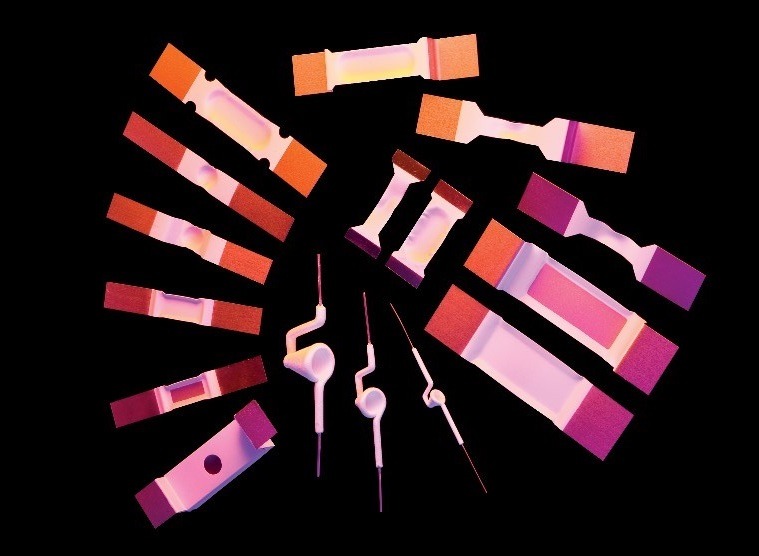0
You have 0 items in your cart
To heat up a crucible to the high temperatures needed for evaporation, there are several types of sources available. Basket heaters fit around a crucible, providing a low cost, low power method of heating crucibles.
For better thermal efficiency, shielded crucible heaters are available. Layers of heat shielding enables extreme temperatures and protects your vacuum chamber from thermal damage.
Both crucibles and crucible heating sources are highly customizable, from small to large. These make them adaptable to your specific deposition processes and materials.
Compact systems can use standardly available micro-electronic crucible heaters. Large custom crucible heaters are also possible, upon request.
Alumina, or aluminum oxide (Al₂O₃), is a ceramic material known for its inert and high temperature properties.
In thermal evaporation applications, this material is used in many ways. This includes as a crucible material and as a coating to refractory boats.
Aluminum oxide coated evaporation sources were developed to replace alumina crucible boats for some specific applications.

For thin film processes, the advantages of this evaporation source include good heat transfer and inertness of alumina (AO) with most metals.
Additionally, the evaporant does not wet the alumina resulting in no resistance change of the boat when the material melts and longer boat life.
Coatings can come in different styles, depending on the application.
R.D. Mathis Company’s facilities have the flexibility to alumina coat a wide range of parts, including custom coatings.
Do you have any comments or concerns you want to share with us?
Please give us a call for further questions about The Evaporator.
Phone: (562) 426-7049
Email: info@rdmathis.com
Website: rdmathis.com
| Pohang University of Science and Technology |
(Image: Nature Electronics, 2025)
Researchers at Pohang University of Science and Technology recently introduced a new promising strategy for the fabrication of highly performing TFTs based on tin-halide perovskites.
| Indian Institute of Technology |
(Image: S. Rani et al.)
A research team from IIT Dharwad designed and fabricated bifacial solar cells that are highly transparent to infrared light. They achieved this by incorporating a hybrid top transparent electrode (TE).
| imec |
(Image: imec)
Researchers from Belgian research center imec and the University of Cyprus have announced completing outdoor stability tests of perovskite solar mini-modules providing two-year data on stability.
Charlotte, NC | Sept 21-26, 2025
Charlotte Convention Center
Booth: TBA | Website
Boston, MA | Nov 30-Dec 5, 2025
Hynes Convention Center
Booth: TBA | Website